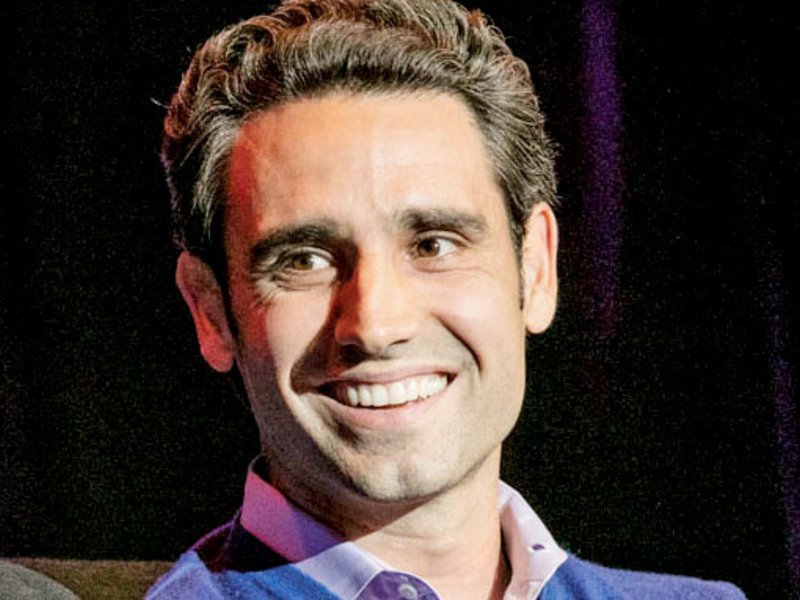
Auto retailers feeling pressure from Carvana on used-vehicle sales have a new area in which to compete with the digital newcomer: inventory acquisition.
Carvana Co. executives are making it clear that sourcing more vehicles from consumers remains a priority in 2020, after the company more than tripled that aspect of the business in 2019.
“This is potentially the most remarkable progress we’ve made in any area of the business, in any year,” CEO Ernie Garcia said last week in a conference call with analysts after Carvana reported a wider net loss for the fourth quarter.
Carvana bought more than 104,000 cars and trucks from consumers in 2019 vs. about 31,000 the year before.
The effort has not been without growing pains for the online retailer, which has not been profitable since launching in 2013.
Carvana CFO Mark Jenkins said last week that the “exponential growth” in this area led to pinch points in the company’s last-mile delivery network in the third quarter and that hurt retail sales volume. He also noted a rapid fourth-quarter increase in “inventory diversity” — a bigger-than-expected range of vehicles in terms of age and mileage — brought on from sourcing more vehicles from consumers. That caused Carvana to adjust its approaches to bidding, pricing, marketing, staffing and reconditioning, Jenkins said — though he didn’t elaborate on what kind of shifts were made.
“While these adjustments led to some transitional costs, these costs were small compared to the enormous magnitude of the opportunity in front of us to change the way people sell cars,” Jenkins said. “Buying cars from customers also brought the significant benefit of increasing the selection of cars available to customers on our website.”
The company invested about $60 million in operating costs to support growth in car purchases from consumers, most of which went toward advertising the program.
A key logistical consequence of sourcing more vehicles directly, and growing the business in general, is putting in place the ability to recondition cars and trucks in a timely manner. Last year, Carvana opened its sixth and seventh reconditioning centers, near Cleveland and Nashville. An eighth operation recently opened near Charlotte, N.C. The company aims to end 2020 with capacity to move 500,000 vehicles annually at these sites.
Carvana’s long-term retail goal is to sell 2 million vehicles a year, a target that was again mentioned last week, but to which no time frame has been assigned. The company retailed 177,549 vehicles last year, nearly double the 94,108 sold in 2018.
By contrast, CarMax, the leading used-vehicle retailer in the U.S., sold almost 750,000 vehicles in its 2019 fiscal year.
Carvana’s rapid growth continues to come at the expense of its bottom line, but the company keeps improving its gross profit per vehicle.
In the fourth quarter, Carvana’s net loss grew 46 percent to $125.7 million, but gross profit per vehicle was $2,830 vs. $2,023 in the same period a year earlier. Carvana’s total gross profit more than doubled to $142.5 million. Net revenue nearly doubled to $1.1 billion.
For all of 2019, Carvana’s net loss widened by 43 percent to $364.6 million, while revenue doubled to $3.94 billion.
Carvana opened in 61 new markets last year, giving it 146 at year end. As of last week, Carvana was in 161 U.S. markets, covering about 69 percent of the country’s population, the company said. Garcia said Carvana should be in about 250 markets, covering three-quarters of the U.S. population, by the end of 2020.
Carvana’s 2020 financial outlook calls for strong top-line growth again, albeit more measured than in recent years. The company forecasts retail vehicle sales to grow by up to 49 percent to 265,000 this year. Revenue is expected to increase by as much as 47 percent to $5.8 billion. Company executives are forecasting that total gross profit per vehicle will reach as high as $3,400.